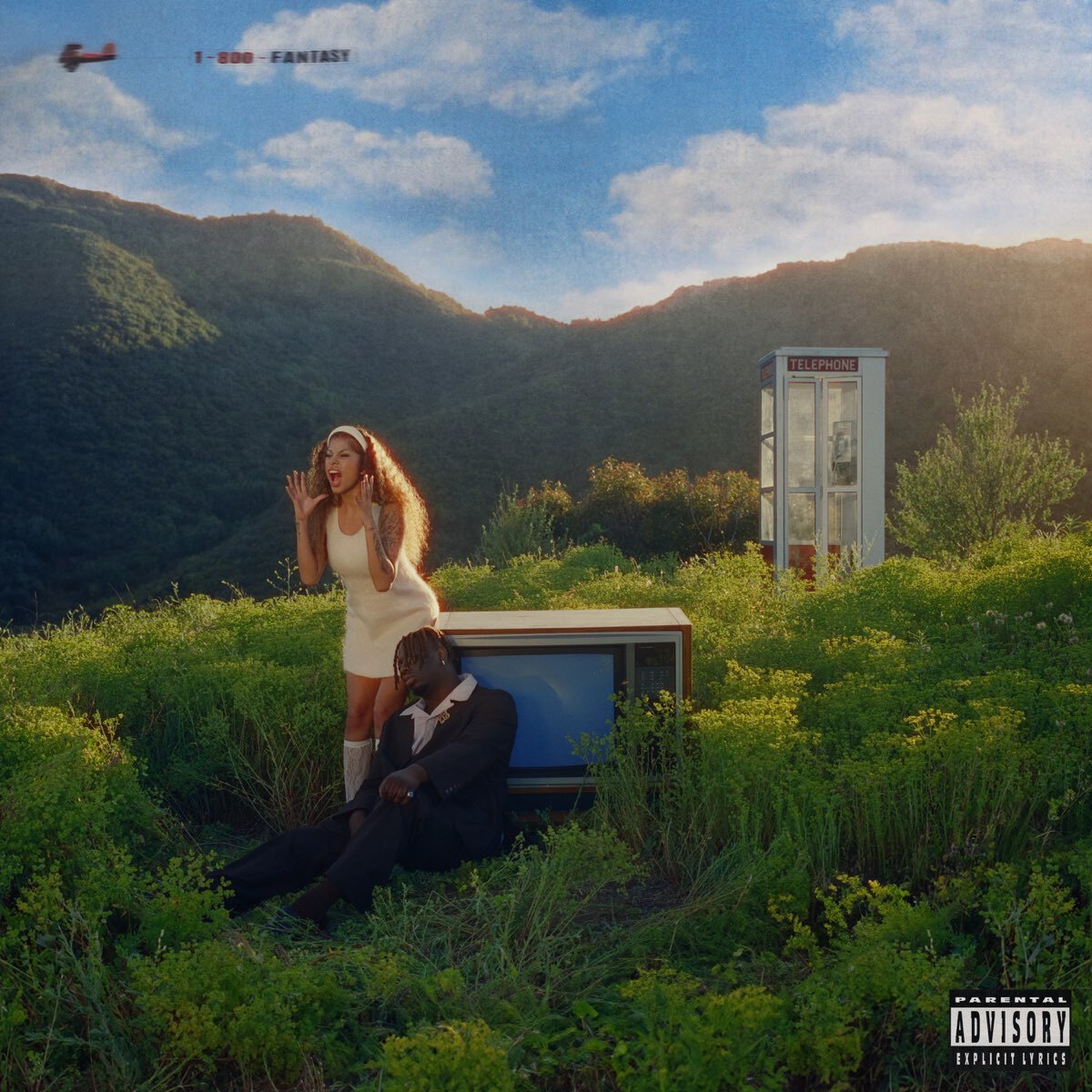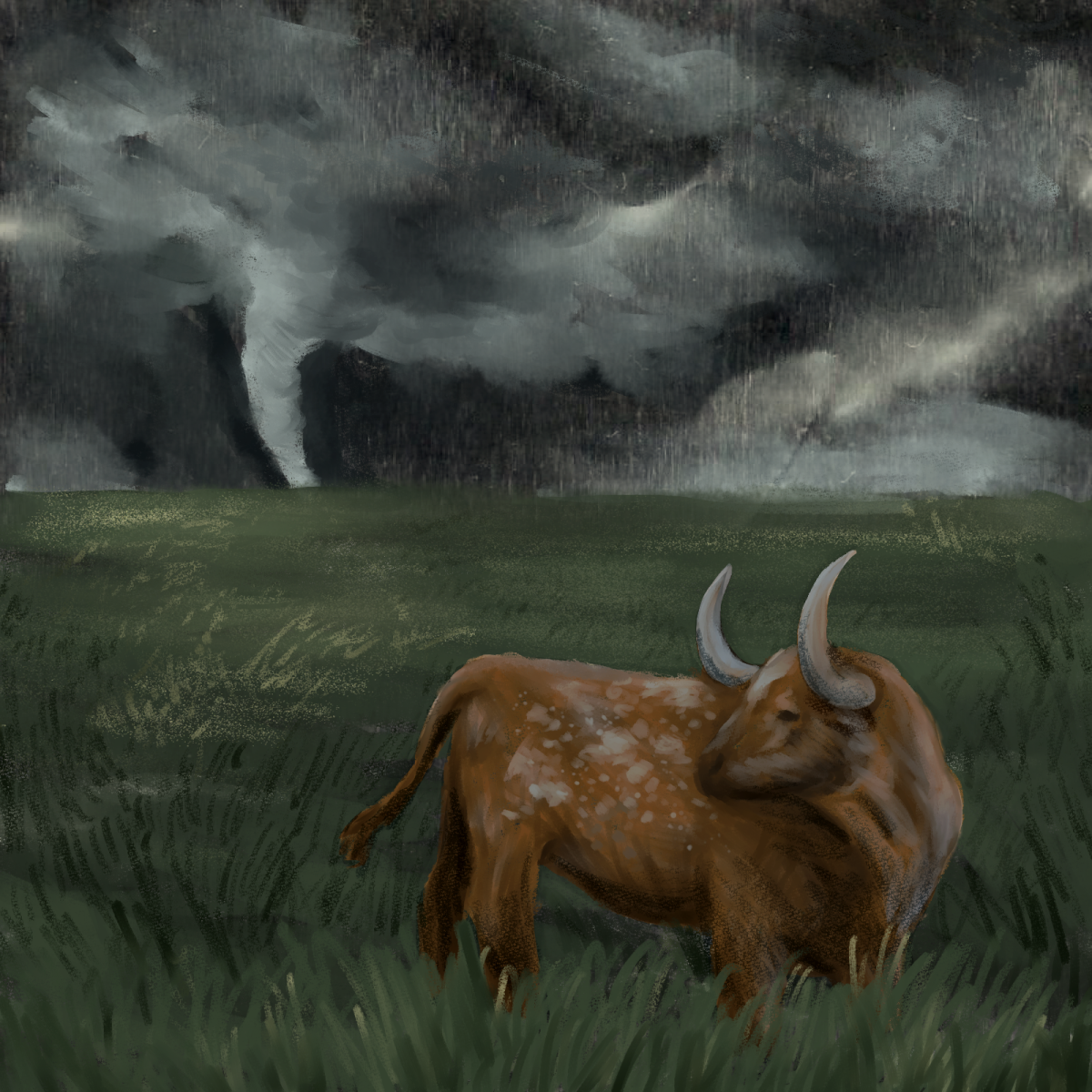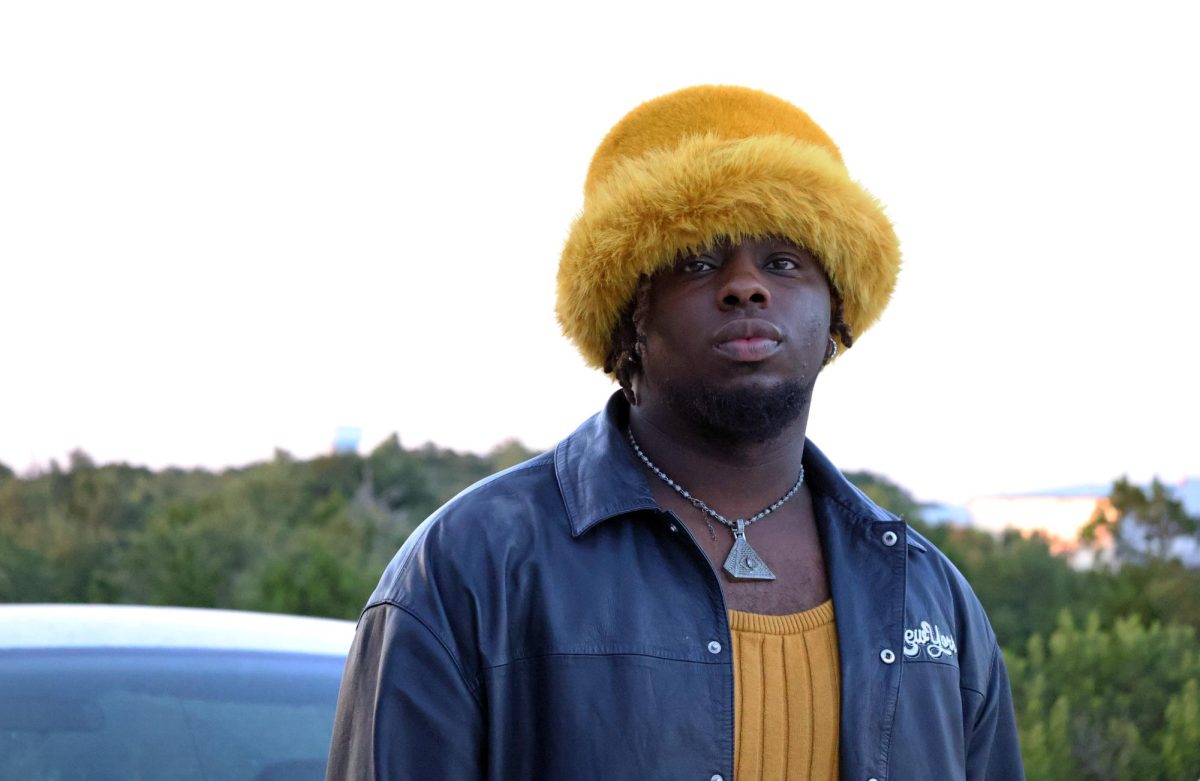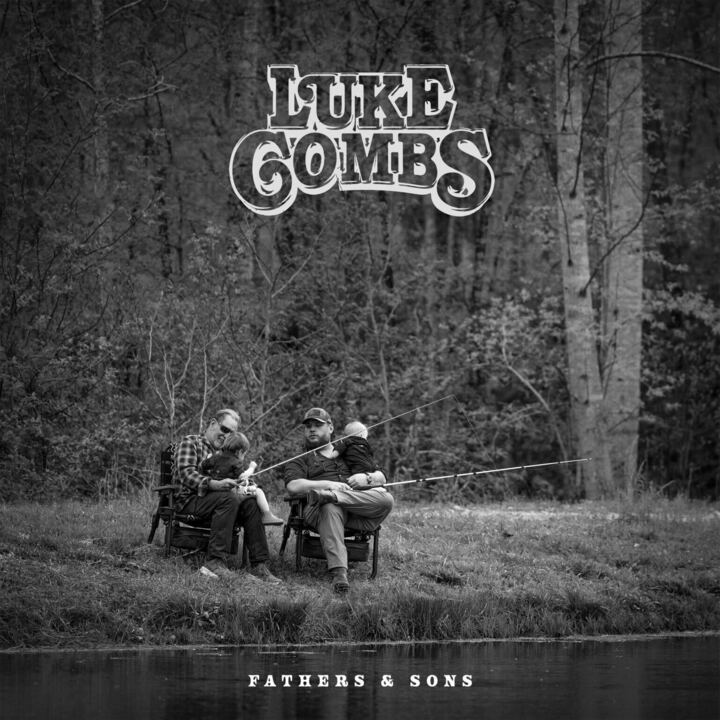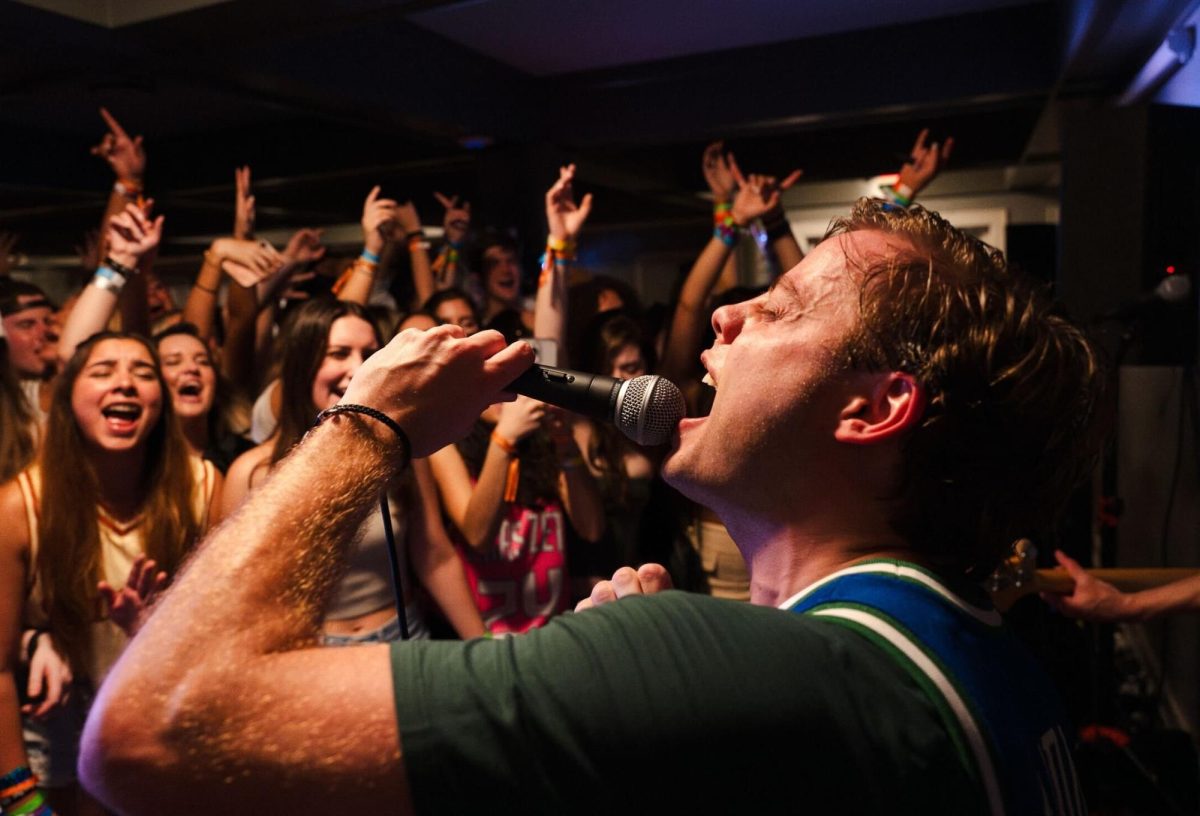“Whatever ‘witchy’ musical presence lurking in Austin is due to either the funk at Barton Springs or the idiocy of blog writing. Don’t get me wrong, I appreciate reviews and discovering new music as much as the next Internet freak, but sometimes there’s a fine line between credible suggestions and trend-setting manipulation.”
That’s Christa Palazzolo of Austin’s Sleep Over, talking about the supposed burgeoning status of “witch house” as a subgenre. The problem, Palazzolo and others assert, is that witch house, also referred to as “drag” and “haunted house,” does not exist, at least not in any local context. Only a handful of artists have taken up the reins of the label, making spectral electro from the dredges of chopped-and-screwed rap, UK bass and dub. So the question is: What’s with all the media hype surrounding witch house?
For one thing, in a dying world of music journalism, people who can categorize well are the tastemakers of the industry, and those people tend to be pretty influential once they hit their stride — one needs to only look at The Wire’s David Keenan, who coined “the New Weird America” and “hypnagogic pop” labels that many bands now wear like a badge.
Dissonance and heavy reverb, along with bass-heavy beats and blown-out hi hat make for very malicious-sounding music, and that sound is central to the theme of witch house — sounds meant to evoke the skewed, dark outlook of artists on the fringe of experimental music. While bands such as Salem, oOoOO and Modern Witch stick to the formula, there are others — Sleep Over included — that make ballads on the softer side of witch house, often taking cues from early dream-pop artists such as Cocteau Twins and Mazzy Star.
But Palazzolo is adamant when she denunciates Sleep Over’s music as witch house, though it may be telling that bands often lumped into the genre often associate themselves with the occult and Satanic signifiers, not excepting Sleep Over.
“I’m pretty sure the dude from [20 Jazz Funk Greats] just coined it out of the blue as a blog joke to sum up all the new ‘creepy-dark’ bands coming out,” Palazzolo said. “It didn’t have any affect on the music-making in Sleep Over. I guess we started releasing in the midst of all of the nonsense and immediately got clumped into the ‘genre’ because we’re girls and apparently therefore witches as well."
In an article for The Ex Patriarch written earlier this year, Joey Hansom writes about the apparent rise in drag and witch house, suggesting alternative names for the genre before realizing he’s been self-relegated to the music journalists that have hopped on the witch house bandwagon — err, broomstick.
“OK, let’s just forget about that human urge to try to categorize everything into neat, marketable labels,” Hansom wrote.
If only it were that easy. But Palazzolo made one last interesting counterpoint to Hansom’s theory, questioning the relevance of blogs who create these genres in the first place.
“Sorry dudes, blog genres are bogus,” she said. “I think the bigger question should be about the relevance and influence of blogs in general. It’s an interesting new idea of celebrity.”







